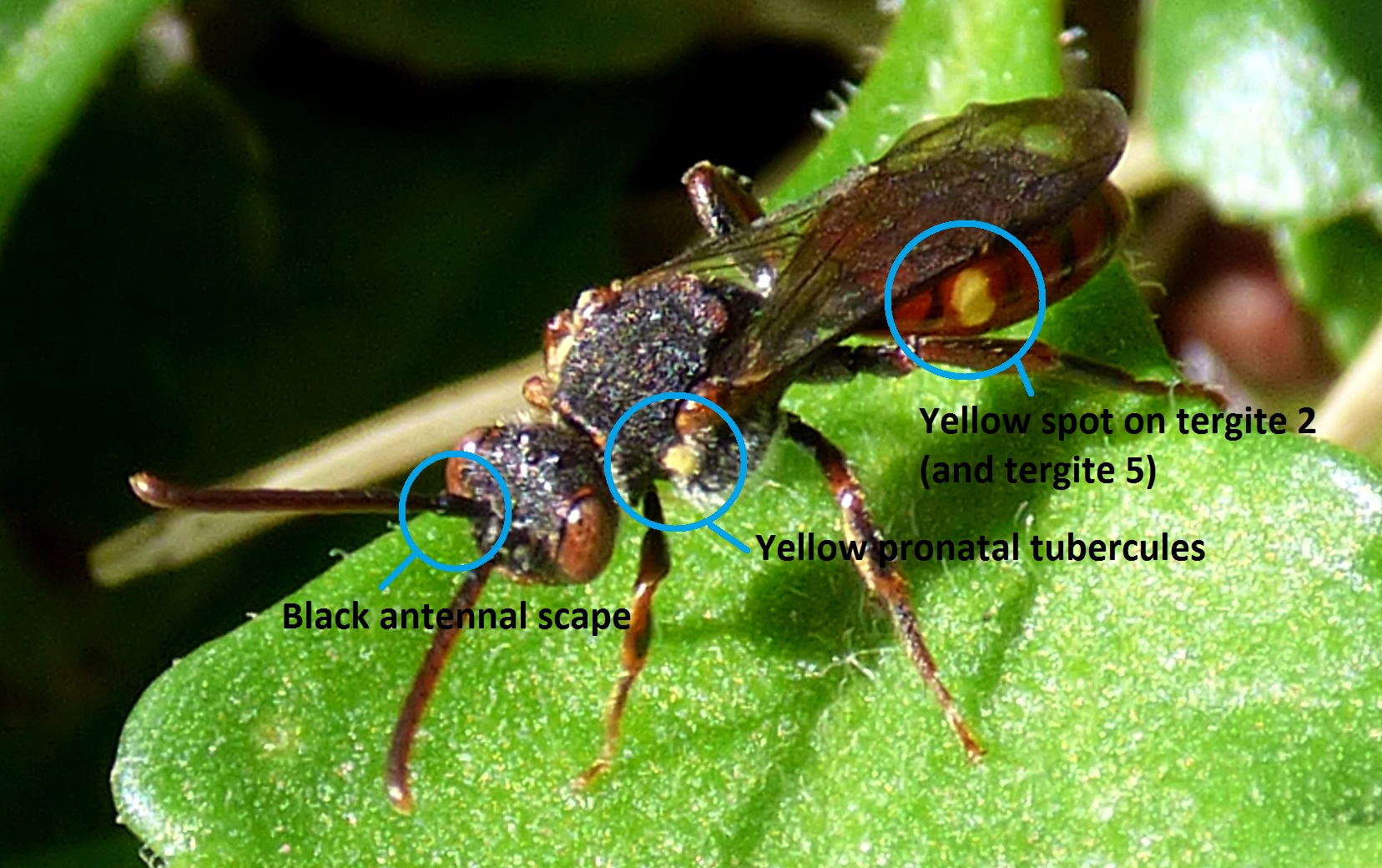#30DaysWild – Days 24 – 30
I had a manic few days to finish off the month of June and thus 30 Days Wild – pond dipping, moth trapping, butterfly chasing … the usual stuff really. Rather than go through all 6 days, I have included the highlights below.
Day 24
Thrilled to see this Large Skipper butterfly at @WickenFenNT this morning. My first this year. #niw2016 #30DaysWild pic.twitter.com/VUu7XkESQJ
— Megan Shersby (@MeganShersby) June 24, 2016
Day 25
I LOVED the Longhorn & Soldier Beetles Workshop today! Feeling v inspired, & ready to ID more. #30DaysWild #NIW2016 pic.twitter.com/h5v1JyWog5
— Megan Shersby (@MeganShersby) June 25, 2016
We also saw some other fantastic #insects as well! #NIW2016 #30DaysWild pic.twitter.com/ERcnwECvtJ
— Megan Shersby (@MeganShersby) June 25, 2016
Day 28
You know the day is going to be a good day when you catch a Privet Hawk-moth. #moths #teammoth pic.twitter.com/3X4FOC83By
— Megan Shersby (@MeganShersby) June 28, 2016
Day 30
The latest new species for the house, and for me, is Carabus violaceus. #beetles #panspecieslisting #TeamEnto pic.twitter.com/CRqdbm0BrZ
— Megan Shersby (@MeganShersby) June 30, 2016















































